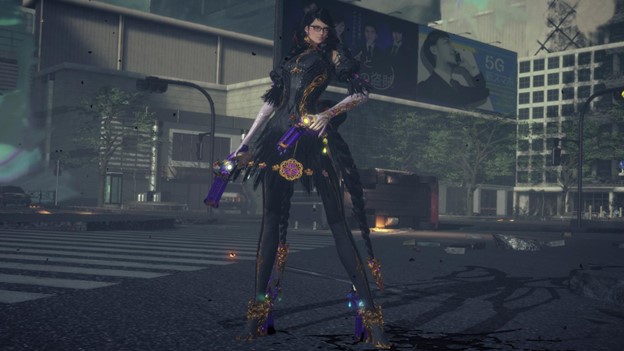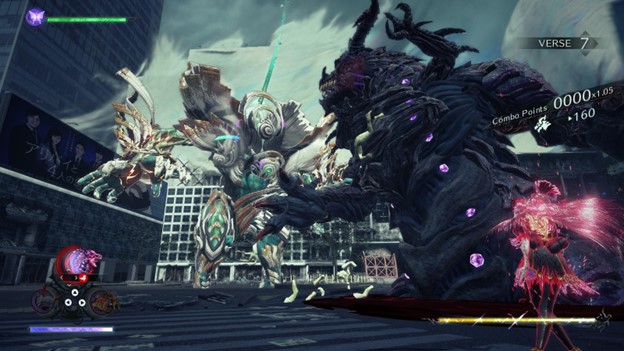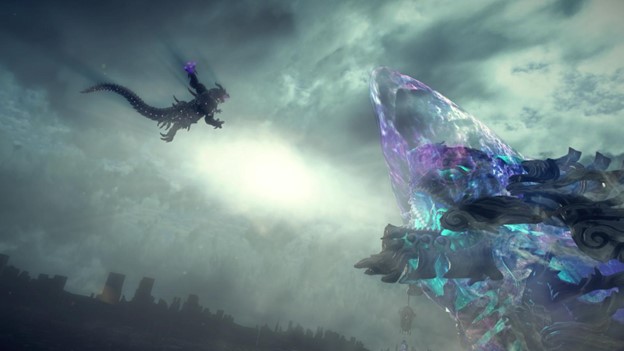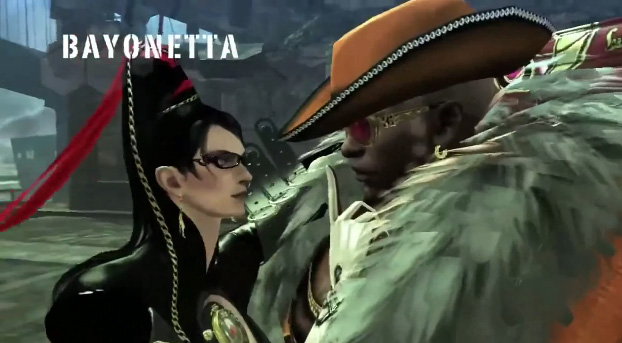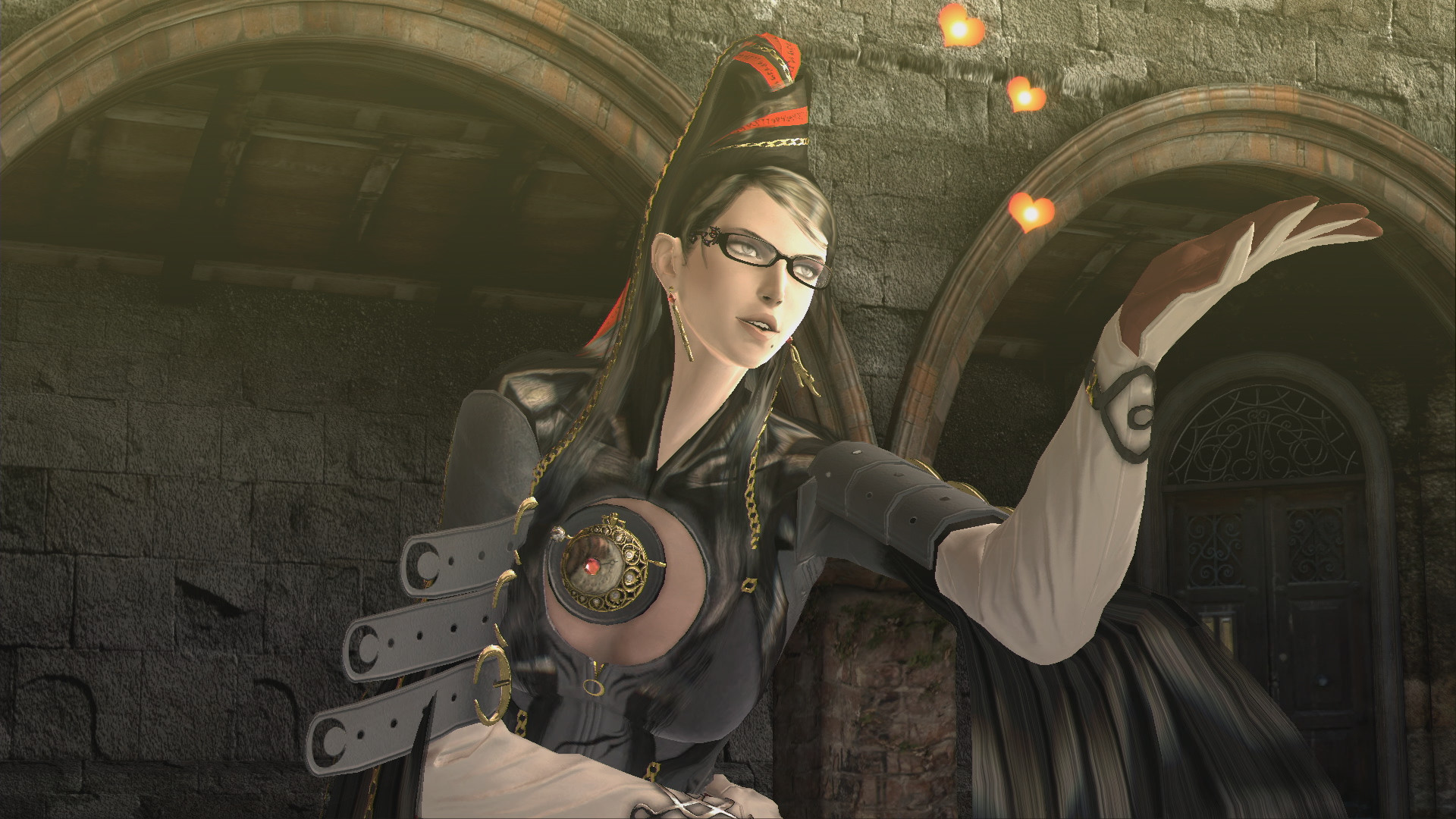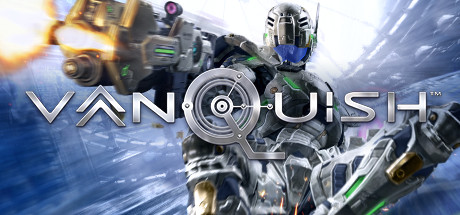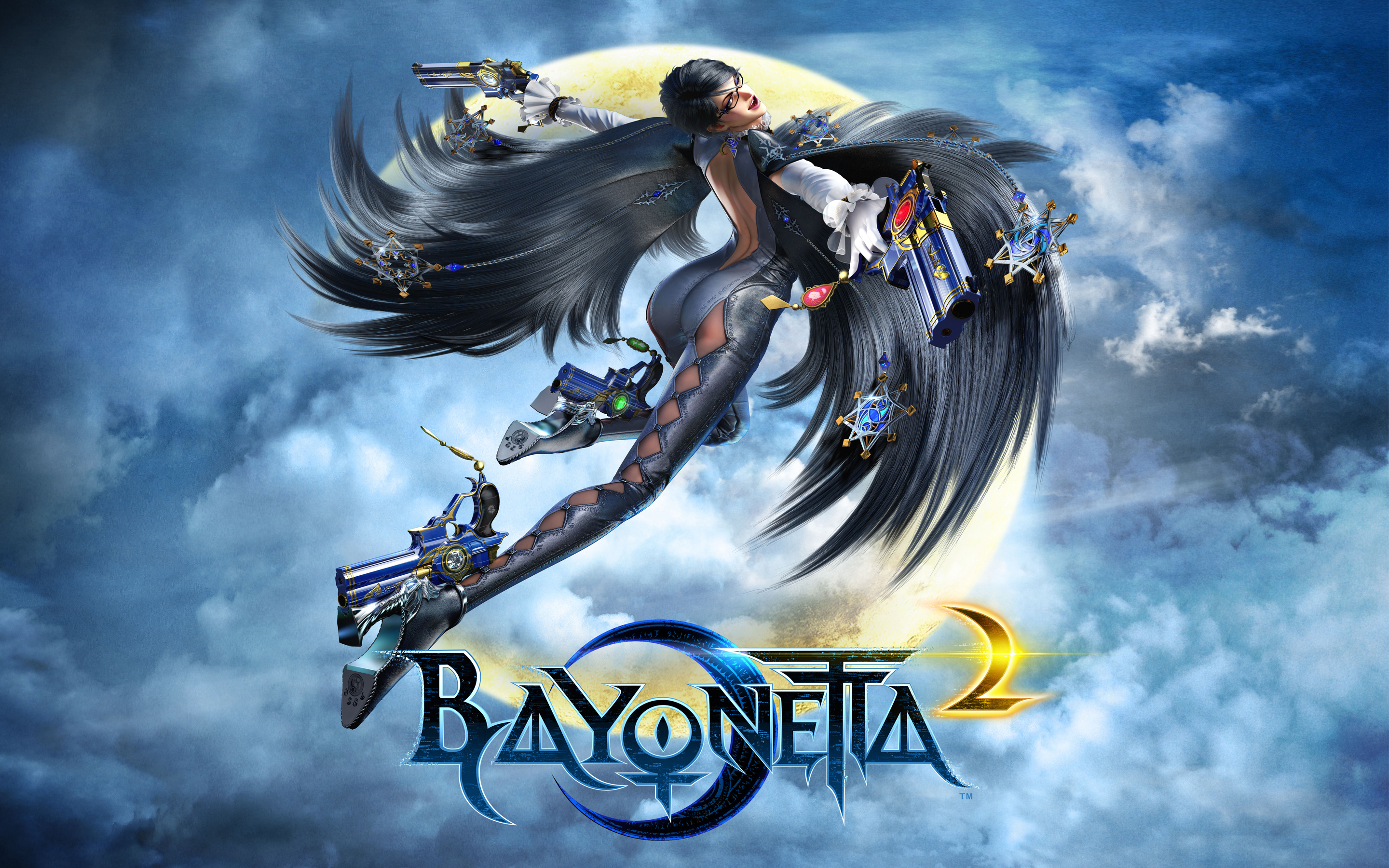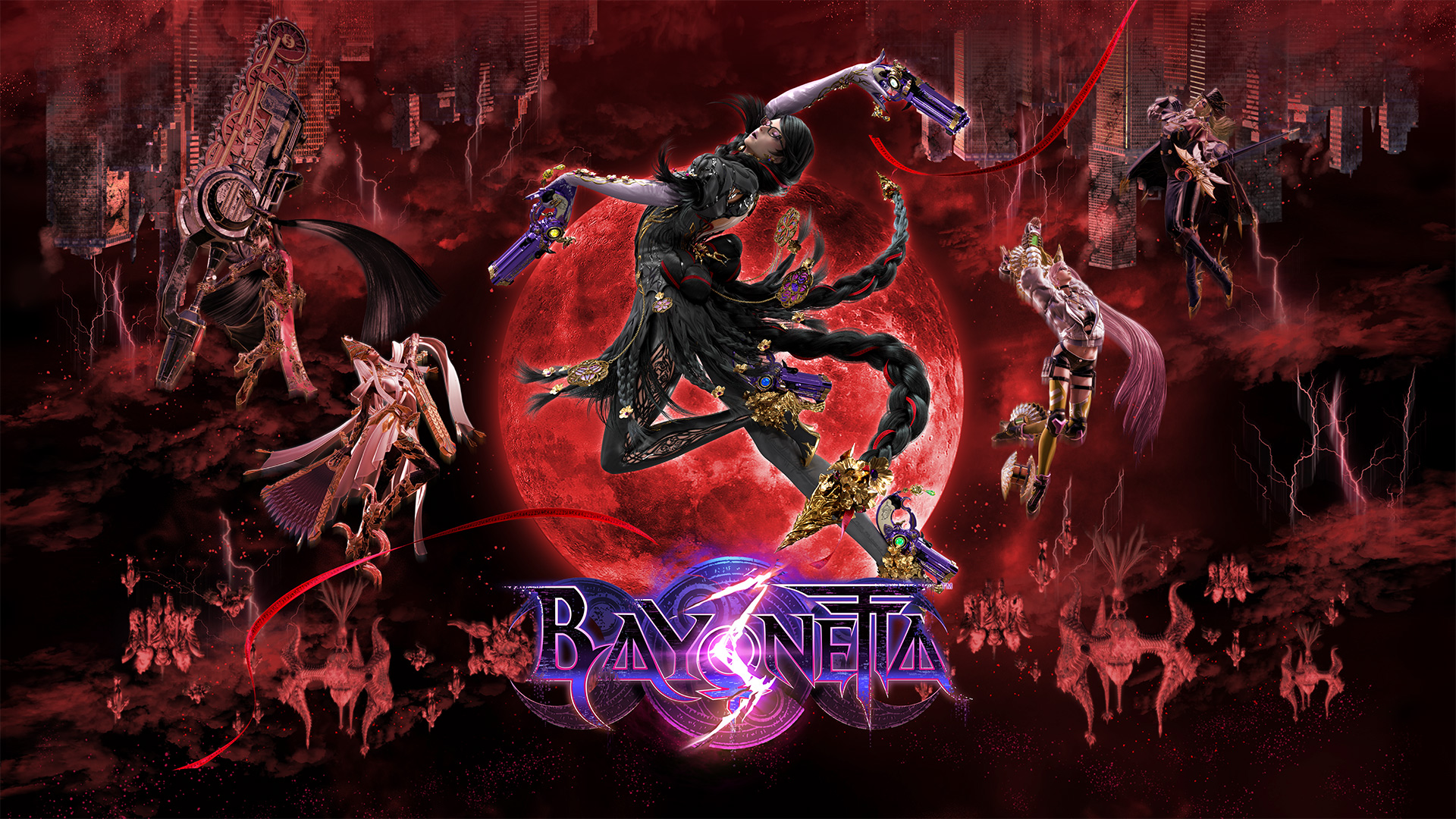
This review was contributed by Jarrod Mawson
‘Fortitudo’ might be the iconic two headed (three, technically) angelic dragon from 2009’s bedazzling action game Bayonetta, but ‘fortitude’ is the trait demonstrated by Platinum Games and their miraculous ability to manifest interest in the series some 13 years later. Following 2014’s well received Bayonetta 2, and a 5 year long development cycle of its own, Bayonetta 3 flips and twirls into our world as an arguable finality to the character’s arc and totality of all we’ve come to know and expect from not just the series but Platinum’s output.
Quick math and number crunching do pose a few questions, namely what precisely necessitates or validates a third outing for everyone’s favourite sassy, self empowered witch. And what Platinum can, has, or could have done to ensure the series stays fresh and surprising without compromising its core.
As it turns out deciphering whether Bayonetta 3 ascends to heaven or is bound to Hades is a little more complicated to answer, with less concise, focused results than its predecessors may have achieved.
Bayonetta 3 begins with our witch dropped into a surprisingly banal opening, given the series reputation for imaginative and powerful introductions, before being whisked away on a mystery of multiverse shenanigans. Hopping between different worlds, Bayonetta and her entourage seek the McGuffins to solve the Apocalyptic Problem, as you do, and while I wouldn’t dare spoil the narrative’s greatest highs and delightfully kitschy humour, suffice to say this precedent set is echoed throughout the production as a whole. That is to say the premise is flimsy and poorly substantiated, largely divorced of meaningful substance and emotional anchoring, and regularly presents as more concerned with fast tracking the cast to the next goofy punchline and spectacular highlight over solidifying purpose or reason. By the time the credits rolled I hadn’t found myself invested in any event of significance, nor concerned with the fumbled arcs of most characters involved.
The loose, rapid pacing of the narrative wraps into the design structure, for better or worse. Bayonetta 3’s pacing is breakneck and impressively diverse. Channeling design principles from titles like The Wonderful 101 and Nier: Automata, each of Bayonetta 3’s chapters are littered with scenario diversions, mini-challenges, and contextual encounters that aim to maintain a sense of progression and escalation while breaking up the traditional gameplay.
Intentions are pure and Platinum deserve to be commended for Bayonetta 3’s inventiveness. Transitioning from a traditional 3D action game to a rail shooter, then a shmump, and finally a Kaiju battle reminiscent of a 2D fighter results in immediate emotional gratification from the genre shifting scenarios. And this is just scratching the surface. Unfortunately, reliance on initial flash-bang impressions and escalating scenario hype quickly buckles under the realisation that many of these scenarios, if isolated and assessed on their own merit, don’t play particularly well at all.
In an effort to throw the kitchen sink into each chapter, there’s a distinct absence of coherent focus and polish to the scenarios in of themselves. Loose animations and slow controls alongside wonky game systems and clumsy rulesets detract from a meaningful, lasting impact they might otherwise have. Many are left felt as lesser diversions from the richer substance of Bayonetta’s core combat system. And while short distractions can accentuate and break up the pacing, the frequency of these distractions and the middling-to-low quality of the execution does them no favours. Too often I found myself disengaged with these sequences, and while many are deliberately short lived, I nevertheless found myself eager for them to end and for the standard gameplay loop to return.
This disincentives engaging with these scenarios on future replays, and while the diversity they offer is framed as beneficial to the pacing, they’re hampered by a lingering sensation they were haphazardly cobbled together. By contrast, Bayonetta 2’s breaks in the game’s pacing and scenario diversity more often than not emphasised adaptations of the core game systems with a striking degree of production polish and fine tuned execution. That same standard of consistency isn’t found here, and quantity does not equate to quality, even if the initial impression of these moments is one of delight and excitement.
As noted, detracting from Bayonetta 3’s core combat loop is a problem given the standard set by this third outing’s imaginative combat systems. The series trademark buttery controls and punchy combos are accentuated by the newly added ability to summon and integrate demons into combos, counters, and general play. Bayonetta 3 is further enhanced by a marvelous selection of exceptionally inventive weaponry that greatly diversify combat options and layer additional monster forms to Bayonetta’s movement across terrain and function within encounters. There’s a strong argument to be made for many of new combat systems falling into similar trappings as the aforementioned scenario diversity, wherein by virtue of having so many new tools and functions and options the quality and robustness of these is uneven. But this is easier to forgive when the moment-to-moment fighting remains largely as spectacular as Bayonetta at its best. This is particularly true for some boss encounters and late game stages where the game finds itself in a comfortable place of doing precisely what Bayonetta does best, even with unnecessary trimmings.
Much like Bayonetta’s infernal toad demon Baal, the warts are still there though. The new primary enemies, the Homunculi, lack remarkable visual and play design compared to angelic and demonic predecessors, something of which is highlighted by optional verses that leverage old Bayonetta 1 and 2 enemies for secondary encounters. Additionally, Platinum’s emphasis on particle heavy effects and prominent neon bloom result in encounters that can, more often than not, erode combat readability in favour of a cacophony of visual noise. I was surprised to see a developer otherwise famous for mastery of the character action genre succumb to such disorientating visual noise, and the truth of the matter is there are fights in Bayonetta 3, and certain combos and tool use, that make it genuinely difficult to distinguish just what exactly is happening.
This is further worsened by being hardware locked to the Switch. Kudos to Nintendo for seeing the project through, but it’s clear Platinum are pushing the hardware beyond its capabilities. Dynamic resolution scaling aims to maintain a solid framerate wherever possible, but in practice this often results in aggressively low pixel sampling, thus impacting the image quality and combat readability. And even this is not enough to counter unstable frame pacing that regularly crops up in exploration, cutscenes, and fights. The choice for larger scale batltes and game components, like freely summoning enormous demons in most encounters, in addition to larger levels aimed at encouraging broader exploration, also result in aggressive asset quality cuts. To put it bluntly, Bayonetta 3 is remarkably worse looking than its predecessors in most ways. Textures are consistently muddy and low resolution, with levels stripped of asset density and detail that might otherwise bring them to life, and aggressive level of detail culling and asset dithering results in further diminished image quality and scene impression. Bayonetta 3 simply isn’t in the ballpark of consistent, impressive visual production as something like Bayonetta 2, and more often than not Bayonetta 1 too.
The theme of inconsistency and lack of focus is at the heart of Bayonetta 3, but also justifies why it’s not an unmitigated disaster. The weight and thrill of combat that Platinum are so well renowned for is absolutely there. The quality of the content may be uneven, but there’s no denying the exceptional work in filling an entire campaign with such wild scenario diversity and scenes. It may be bloated with disappointing visual and technical production, but it’s still perfectly functional and, from my experience, bug free. Bayonetta 3 takes the cast on a wild ride of unpredictable scenarios and sequences, and admittedly has tremendous fun in doing so. It’s also generous in post-game collectables and options to keep you invested and focusing on the game’s highs. Chapter encounters accessible from menus circumnavigate much of the frustration with having to churn through bland gimmick stages just to get to the good stuff, and that’s something of which the previous games, Bayonetta 1 in particular, failed at.
There’s a solid game inside Bayonetta 3, one of which I believe will shine more as time goes by and we see impressive, inventive mastery of its robust toolset and skills. But it’s also the only game of the three that truly feels it’s struggling to juggle all that it wants to be. Bayonetta 1 and 2 are not without their own critiques, but they’re laser focused on what they intend to and the identity they aspire to. Conversely, Bayonetta 3 is the only game in the series where I found myself regularly frustrated and detached from the experience, and struggling to identify with a coherent direction. Not because the ideas it presents are necessarily bad, but because their overindulgence and lack of polish do not lend themselves to a better experience. An inventive and varied one, sure, but one markedly less refined and meticulously executed compared to its predecessors. And while many technical issues could be resolved by a port to future hardware, that’s then and this is now. Bayonetta 3 on Switch is all we have.
As it is, Bayonetta 3 is a welcome game that strikes a powerful chord when focusing on the the series strengths. The big moments deliver on their promises and remind you why the series is so beloved. Sadly though it is too often distracted by trying to be something else entirely, or do too much in its design scope with too little to work with. The creativeness is to be lauded, but good intentions don’t always lead to equal results, and in this case diminish a sense of identity and prose. And while it’s still worth the energy for another witchy outing, I believe Bayonetta 3 would be a vastly superior game with more assertive cuts to the parts that don’t work, and instead to focus on the parts that do.
-Iconic, satisfying combat system with exciting new ideas -Content rich campaign inviting replayability -Impressive creative diversity throughout scenarios
- Emphasis on wonky gimmicks hamper stage momentum - Unfocused, clumsy ideas result in inconsistent play quality - Technical and visual issues negatively impact combat readability and presentation

